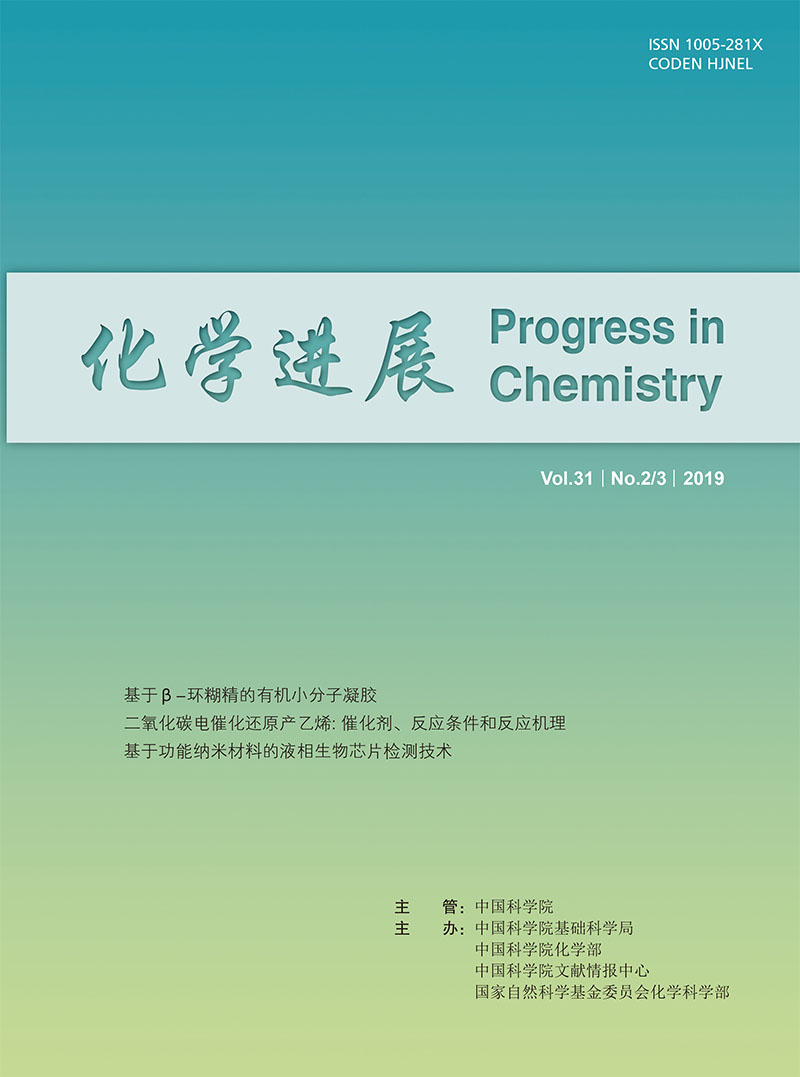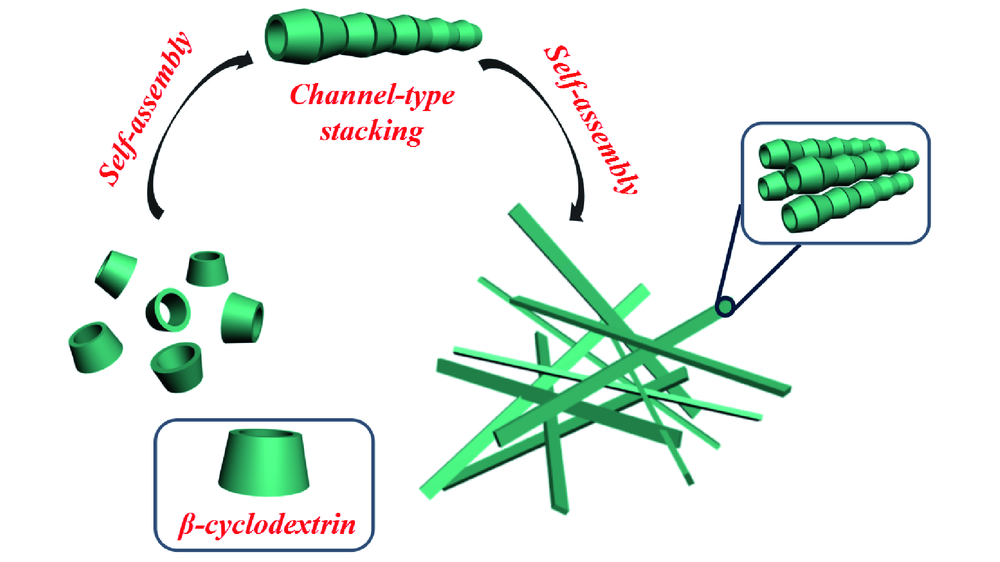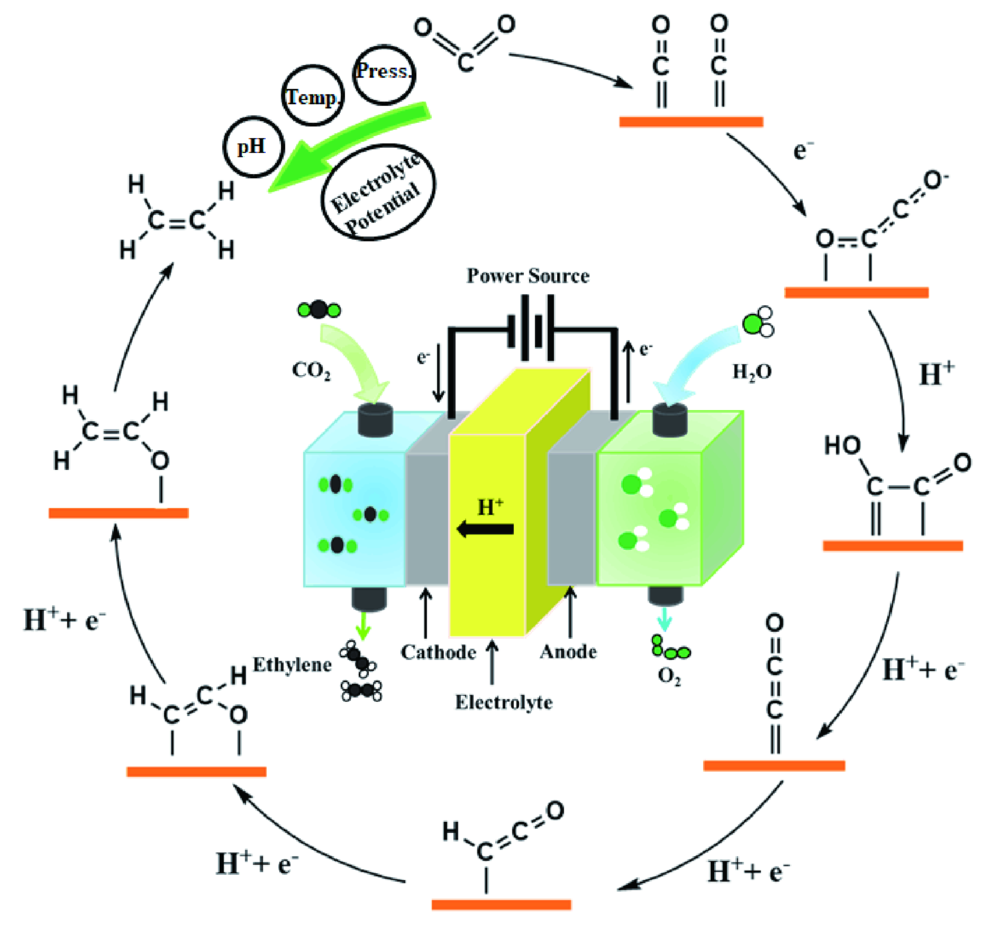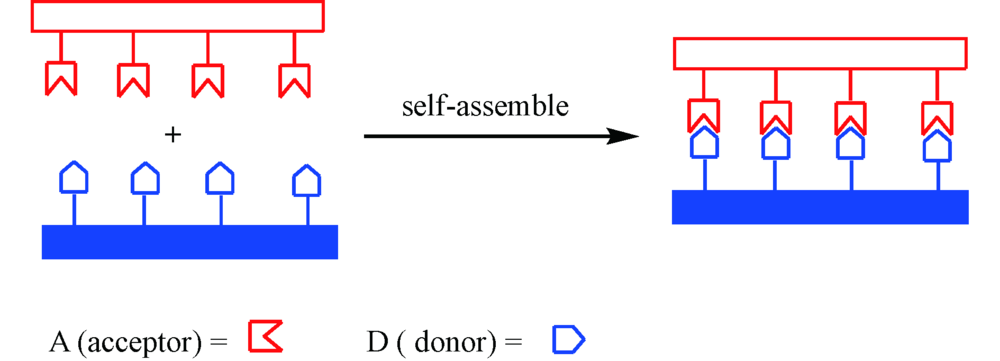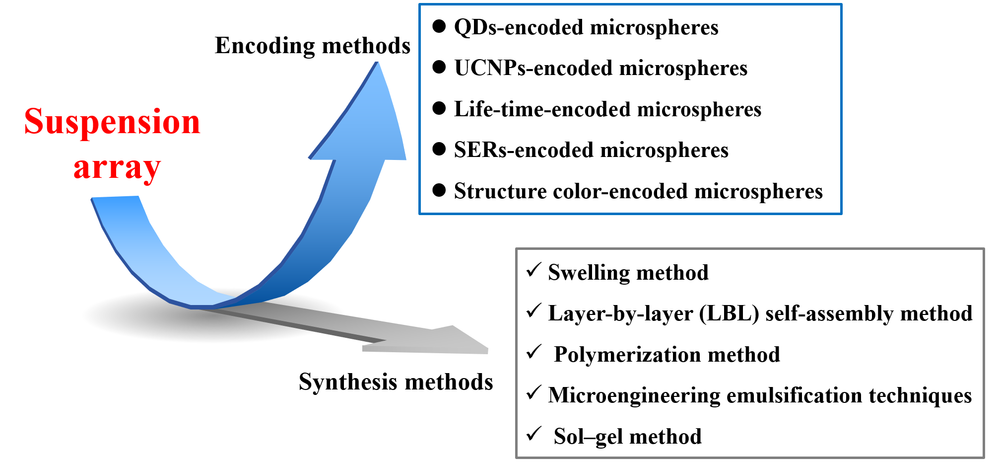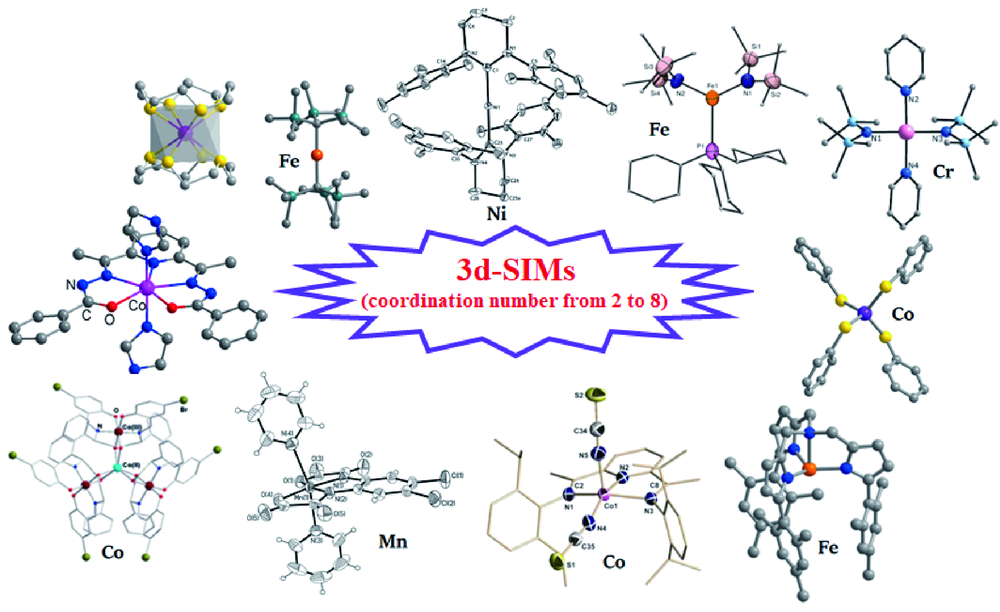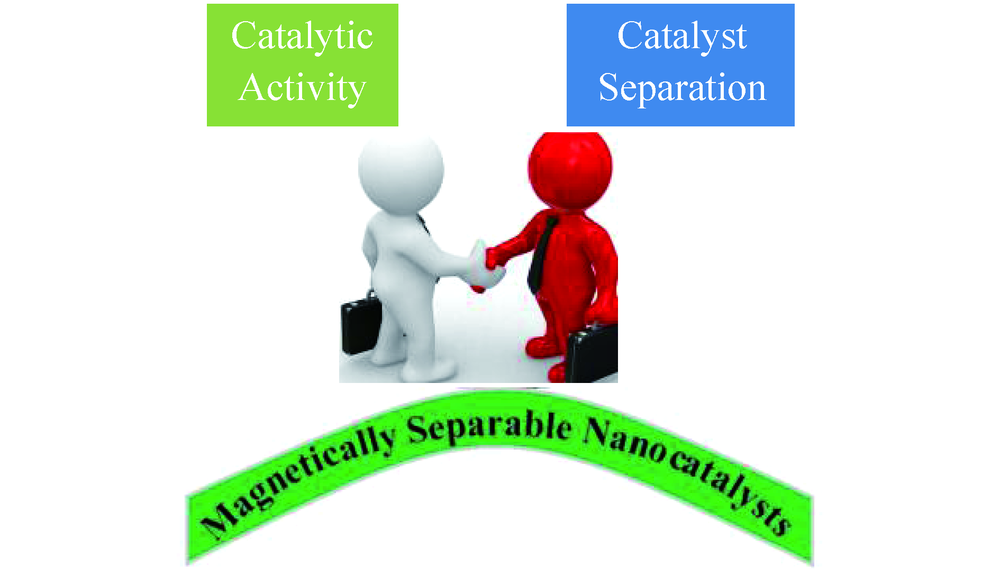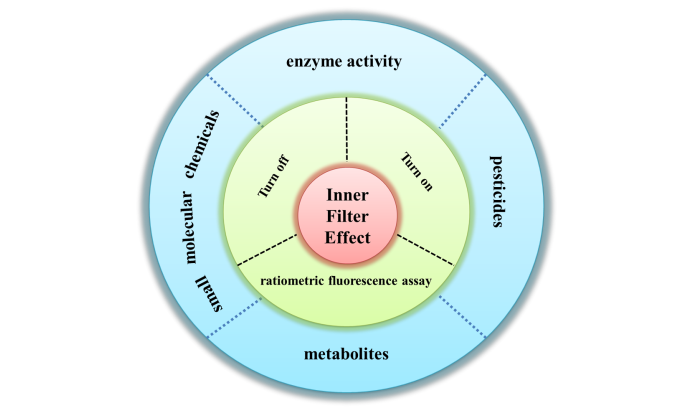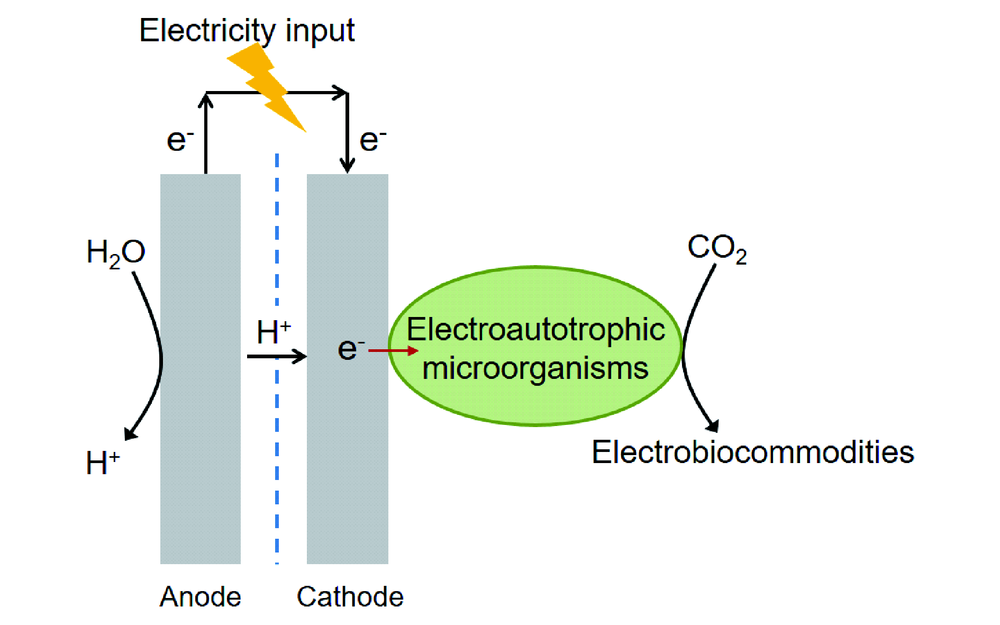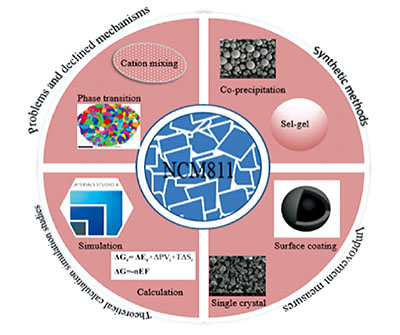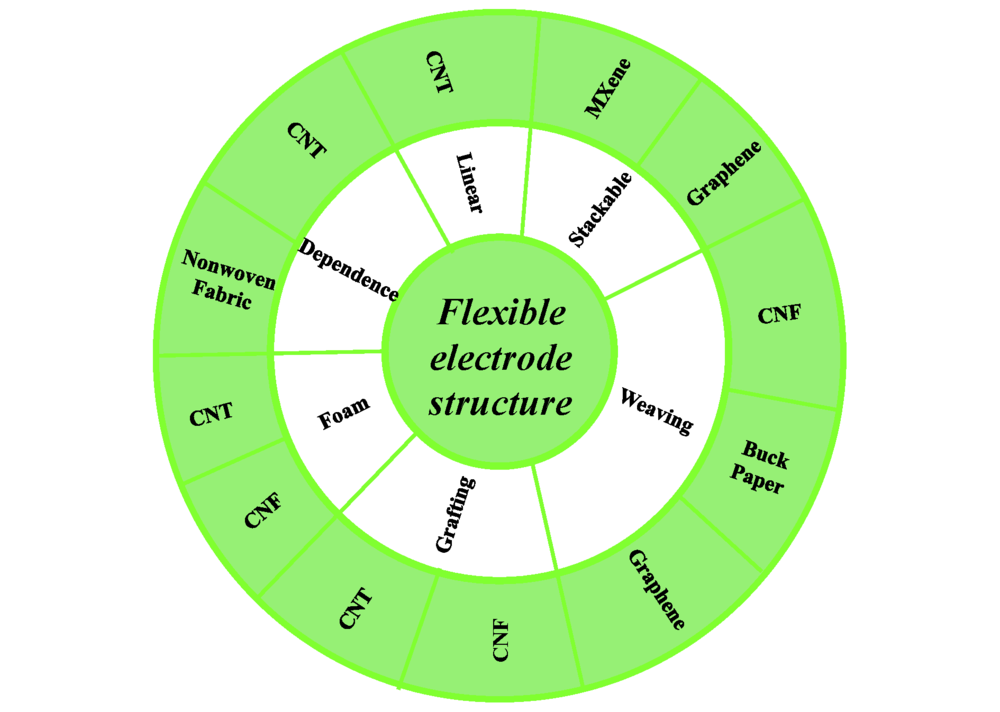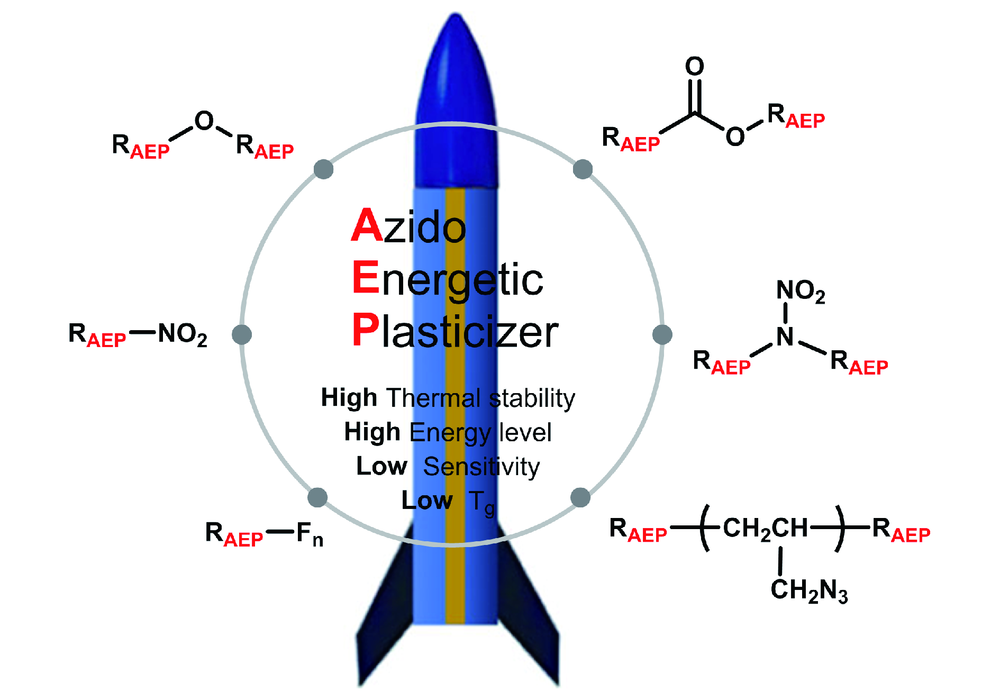Mingfang Ma, Tianxiang Luan, Pengyao Xing, Zhaolou Li, Xiaoxiao Chu, Aiyou Hao. Low Molecular Weight Organic Compound Gel Based on β-cyclodextrin[J]. Progress in Chemistry, 2019, 31(2/3): 225-235.
β-cyclodextrin is a cyclic oligosaccharide containing seven glucopyranose units, and can be produced by amylose under the action of cyclodextrin glucosyltransferase. β-cyclodextrin has cone shaped three-dimensional structure, with its cavity hydrophobic, while its outside hydrophilic. β-cyclodextrin has already been used widely in supramolecular chemistry due to its low price, good solubility and biocompatibility. β-cyclodextrin can be used to construct gel. But the usual way is grafting β-cyclodextrin onto polymer chain, and the obtained polymer chain containing β-cyclodextrin can act as gelator to construct polymer gel. Although polymer gels based on β-cyclodextrin have been studied extensively, there are few reports about low molecular weight organogel based on β-cyclodextrin. In 2010, our lab reported heat-set low molecular weight organogel based on β-cyclodextrin and diphenylamine for the first time. After that, a lot of research work about low molecular weight β-cyclodextrin organogel has been done in our group. Based on the research foundation of our lab, in this review, classification of different low molecular weight β-cyclodextrin organogel and different factors affecting the formation of low molecular weight β-cyclodextrin organogel are introduced at first. Then, the formation mechanism of low molecular weight β-cyclodextrin organogel is discussed deeply, and stimuli responsiveness of low molecular weight β-cyclodextrin organogel and application of low molecular weight β-cyclodextrin organogel on drug delivery are introduced systematically. Finally, development foreground of low molecular weight β-cyclodextrin organogel is prospected.





